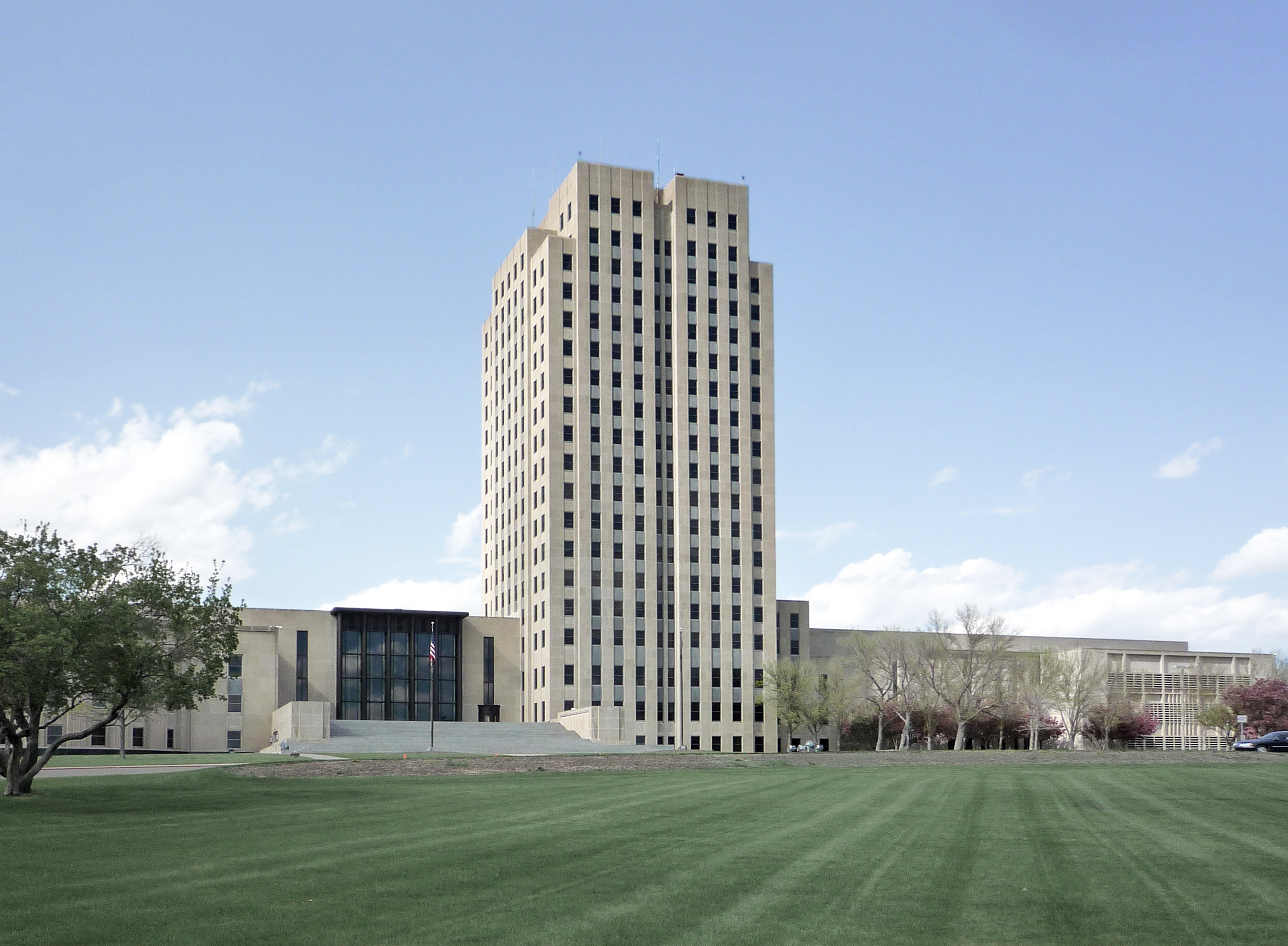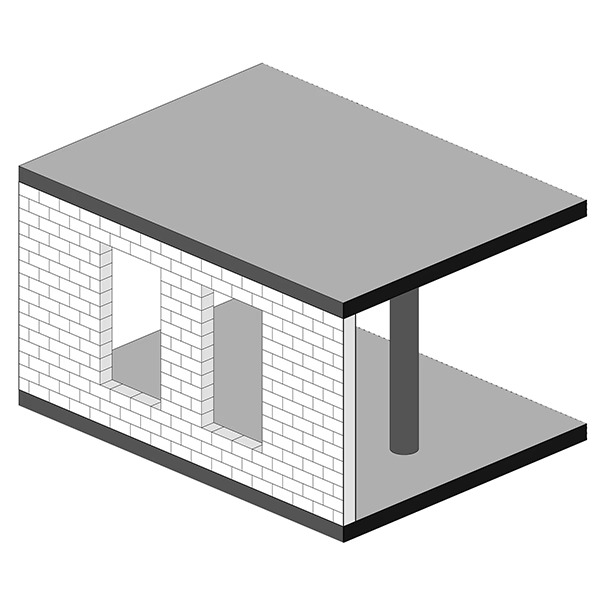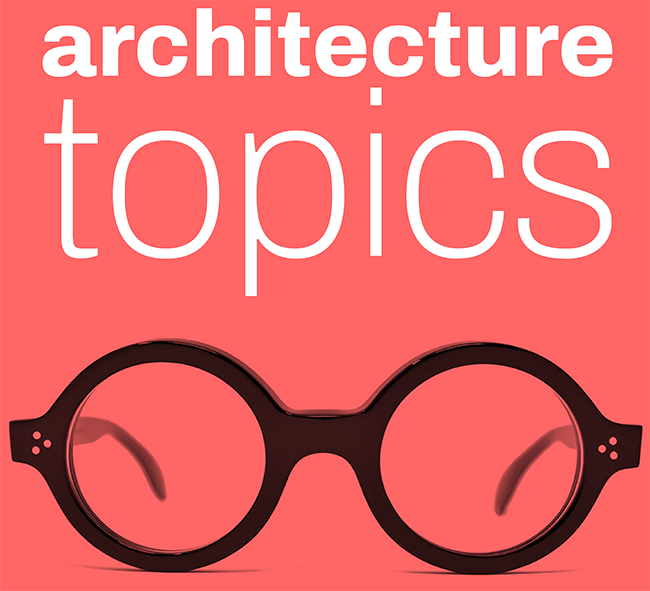The North Dakota State Capitol Building is an Art-deco skyscraper designed by Joseph Bell DeRemer and William F. Kurke, in association with Holabird and Root, and built between 1932 and 1934, for a reported $50.0 million dollars, in Bismarck, ND.
North Dakota State Capitol Building is not the only name you might know this building by though. The building is, or has also been known as Skyscraper on the Prairie.
Its precise street address is 600 East Boulevard Avenue, Bismarck, ND. You can also find it on the map here.
Until 2001, a tunnel on the south side allowed vehicles to access the building. After the September 11 attacks and for security reasons, only pedestrians are now allowed access..
The building underwent a major restoration between 2019 and 2020. The architect commissioned to undertake this restoration was J2 Studio.


